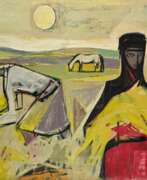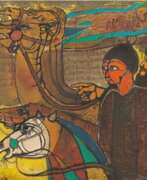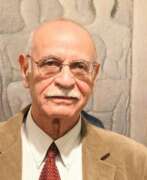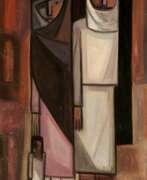Portrait Iraq
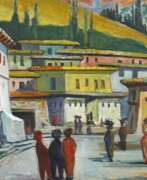

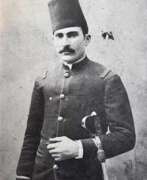

Abdul Qadir Al Rassam was an Iraqi painter of the first half of the twentieth century. He is known as a painter and graphic artist and is considered the founder of modern Iraqi painting.
Al Rassam, a military officer by training, studied drawing at the Military College in Istanbul. Returning to Iraq, he created landscapes, portraits and murals. His work is characterized by historical and ethnographic accuracy. The master, according to critics, contributed to the influence of the European academic school on the Iraqi art scene.
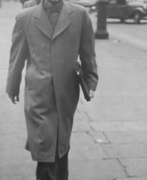



Ismail Al-Sheikhly is a contemporary Iraqui artist. He belonged to one of the first art groups to appear in Iraq, 'La Societe Primitive', founded in 1950. The group later changed its name to 'The Pioneers' and kept it into the 1970s. Some of his works are influenced by Cubism, a movement which grew in popularity throughout the 1950s, and was the preferred artistic style of one of Al-Sheikhly's important contemporaries, Hafiz Drubi. Al Sheikhly’s early works are inspired by the Iraqi village life, though his later works are more focused on abstracted colour combinations and obscured backgrounds. Women feature highly as a central theme in his work. Painted in groups quite often, Al Sheikhly’s women are streamlined with oval faces and generic bodies and seem to always be in states of coming and going, whether that be to the mosque, to the souks, or to do some domestic task.


Haddad Maurice is a contemporary painter from South Iraq. Encountering the work of Haddad Maurice for the first time, one can not help noticing the diversity of his compositional approaches, his media and materials. There are water color paintings that at first sight seem almost conventional, but that bear witness to an awareness of country life, sharp observation, an ability to catch moods. The works showing Iraqi women, real beauties, one might say, are close to folk art: bright, colorful, geometrical, and basically well-balanced in their formal language that relies on curves, segments of circles intercutting each other. Some works are mythological both in their formal language and their historical reference. In the case of these works, often wood instead of canvas is used as a surface.
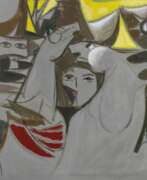

Kadhim Haydar was a highly respected Iraqi artist, poet, author, stage-set designer and educator who, as part of the first generation of modern Iraqi artists, had a major influence on the direction of modern Iraqi art. His artworks are noted for their use of symbolism, myth and poetic allegory within a contemporary framework. His earliest works drew inspiration from the suffering of the Iraqi labourer. He presented workers as heroes with well-developed musculature, chiselled features and an imposing presence as they faced their daily struggless. His later work sought to combine his passion for Iraqi literature, poetic allegory, symbolism and abstraction into works that were primarily narrative and dealt with themes of good versus evil. For instance, he employed ancient aesthetic principles such as repeating geometric patterns derived from ancient Mesopotamian art traditions. He also included poetry in some of his artworks.


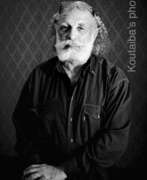

Nida Kadhim is an Iraqi sculptor, noted for producing a number of monumental works for Baghdad's city centre, some of which are still standing, while others were demolished or looted following the 2003 Iraqi invasion. Kadhim received his formal art education at Baghdad's Academy of Fine Arts in the 1950s. Actively involved in the Iraqi arts community, he became a founding member of the art group known as Al-Mujadidin (The Innovationists). His sculptures focus on grandiose busts and statues of leading figures taken from Iraq's history, or are based on other themes the artist considers worthy. His most well-known sculpture, which is still standing, is the Arab Woman in Zawra Park, Baghdad. It depicts an Arab woman holding a bouquet of flowers out to the new generation of Iraqis who are seeking a better future.
